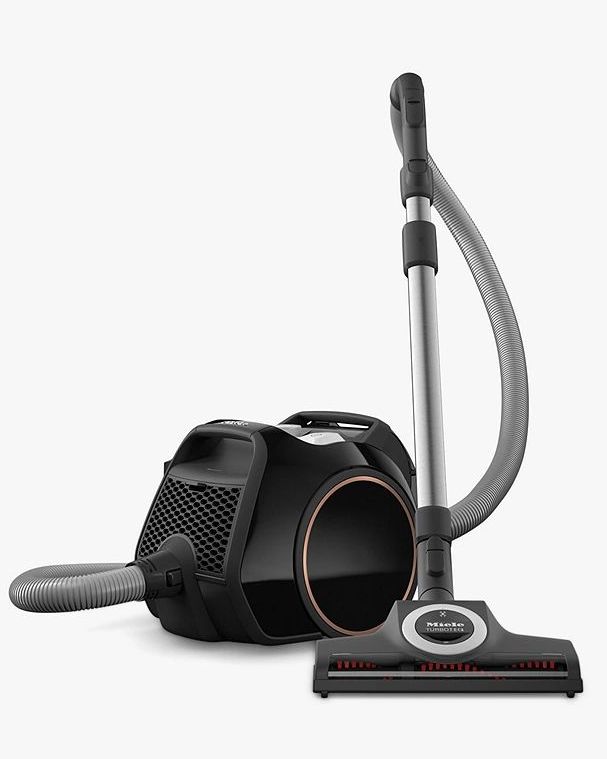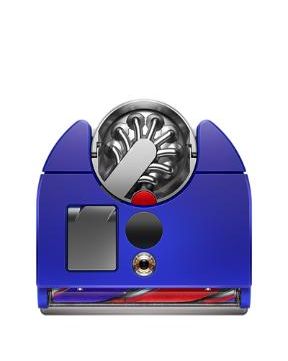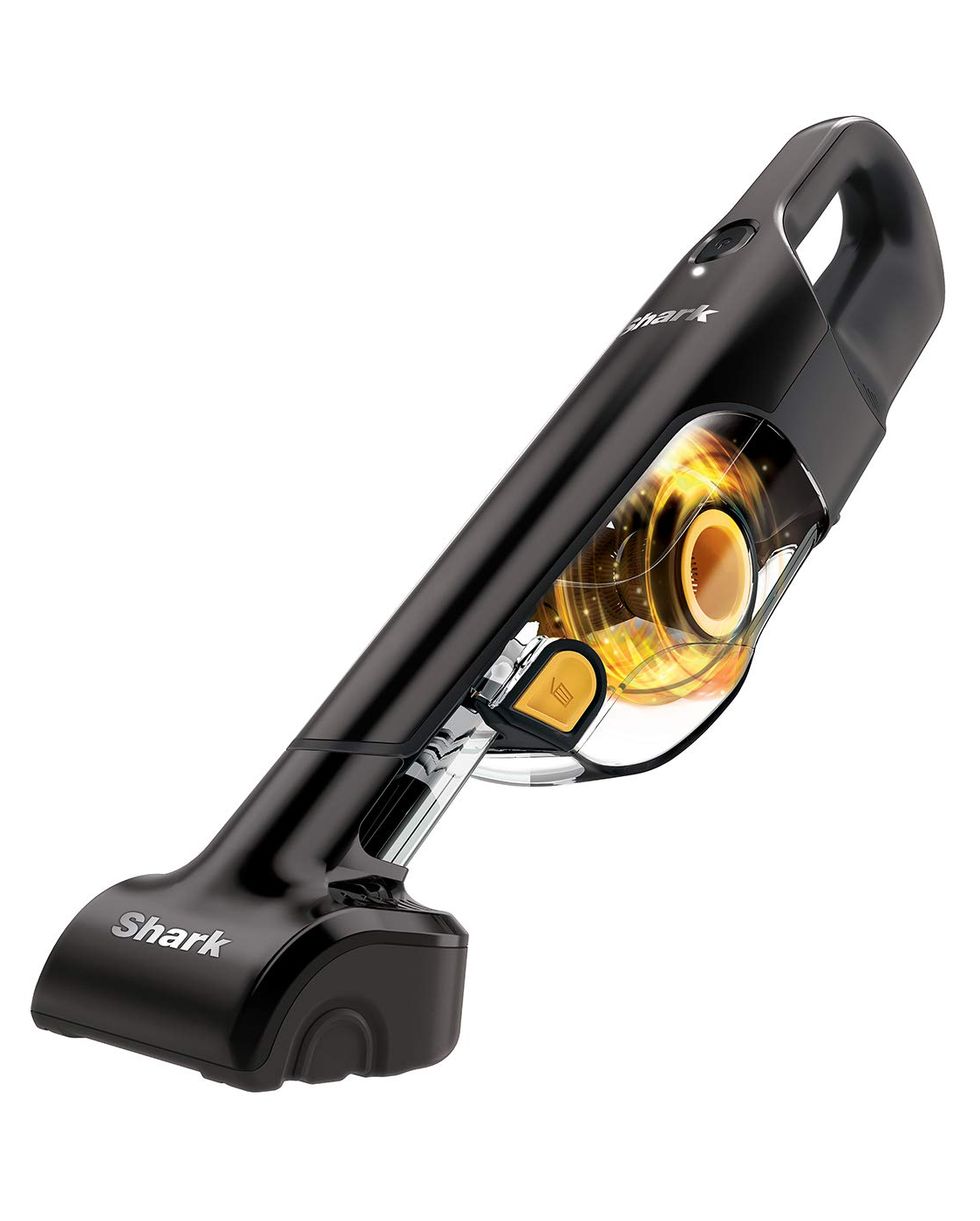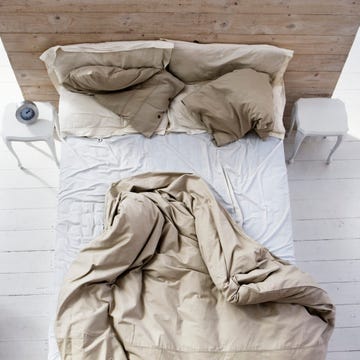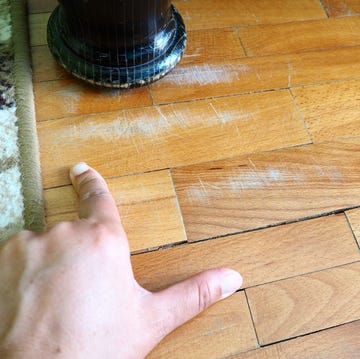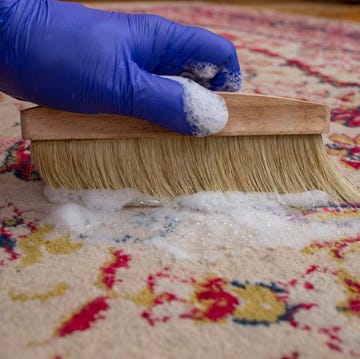‘Good night, sleep tight, don’t let the bed bugs bite.’ It may have been adorable when my dad recited this to me every night, but little did he realise how those words haunted me as a little girl. Do I have bed bugs? How can I tell? These questions raced through my mind as I jumped out of bed to pull back and double check the sheets.
Fast forward to today and bed bugs still make me shudder. So I decided it was time to shed some light on these tiny critters, so I know exactly what to look for the next time I’m losing sleep over them. If you already know you have them, check out our guide to removing bed bugs. If you’re not sure, read on…
1. Bite marks
Bite marks on the skin are the most obvious thing a bed bug will leave behind. On white skin, they look like a raised red lump and can be itchy and painful, with potential swelling. On darker skin, they might appear more of a purple colour and could be trickier to see.
Bed-bug bites generally appear in a cluster, or they could be in a straight line or zigzag where one has taken a few bites as it’s travelled. They’re most likely to go for any skin that’s exposed while you sleep, so bites could appear anywhere from your ankles to your arms to your face – any spot with easy access to blood vessels. Fleas, by comparison, will generally target your ankles and feet, although they may bite higher up if you sleep near your pet.
2. Bloodstains
Those bite marks will also leave small bloodstains on your bedsheets and pillows as you move around in the night. You might also roll over an unsuspecting bed bug, leaving a more obvious splatter behind – try not to think about it!
3. Shed skins and eggs
A bed bug has quite a complex lifecycle; it goes through five different life stages, so sheds its skin five times before it reaches maturity. These shed skins could be deposited in and around your bed – they look like empty translucent husks, measuring up to 5mm in length.
Likewise any hatched or unhatched eggs will be visible to the eye. They’re about the size of a grain of rice and could be laid anywhere dark and undisturbed where they can easily travel to get a meal. Bed bugs can tell we’re sleeping by the carbon dioxide and warmth we release, and that’s what they’re attracted to. So unfortunately they’re not just bound to your bed – a bed bug could be nestled near to anywhere you sleep.
4. Ink spot faeces
Another sign of bed bugs, which is quite easy to spot, is the faecal matter they leave behind. It has a dark and distinctive colour, usually reddish-brown, and looks like an ink stain on the sheets. Imagine a ballpoint pen leaking – that’s what you’re looking for, measuring about 1mm wide per stain.
There may only be a couple of spots if you’re dealing with one or two bed bugs, but when it turns into an infestation, those spots become clustered and are much more pronounced.
5. Musty smell
This would only be noticeable if you’re dealing with a full-blown infestation, but bed bugs tend to leave a musty smell behind. Some describe it as a sweet essence, a bit like spoiled raspberries.
Bed bugs often travel into the home on secondhand furniture, so be vigilant if you detect this smell before bringing the item into your home. For peace of mind, steaming secondhand furniture (if the care label allows) will kill bed bugs, but repeat applications may be required.
6. The bed bugs themselves
Yes, you can see bed bugs – they’re just rarely spotted while you’re awake. They measure up to 5mm in length (about the size of an apple pip) and have brown, oval-shaped bodies.
They tend to hide in and around the mattress, bed frame and headboard, using any crevices and gaps for shelter. But they can also be found in furniture, cushions, carpet and even hidden in cracks in the wall. They can even conceal themselves behind loose wallpaper and pictures on the wall. So be sure to inspect your home thoroughly if you suspect an infestation.
While bed bugs don’t transmit disease, if you spot one you should take action immediately. Vacuum your mattress thoroughly, emptying the canister or bag into the rubbish outside immediately afterwards – and give the vacuum cleaner a clean to remove any traces, too. Then contact the British Pest Control Association for advice and to find a pest controller.





